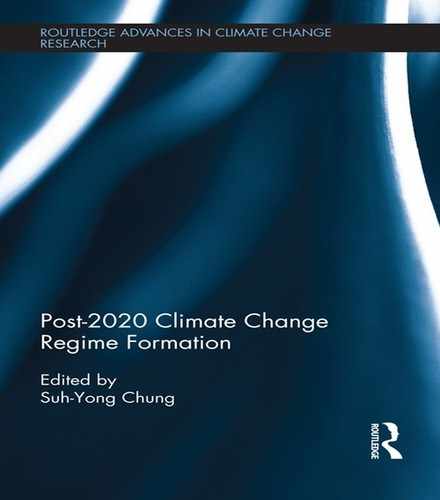Figures
1.1 National interests and emissions
4.1 The temporal relationship between emissions and atmospheric concentrations of greenhouse gases
4.2 The economy as a subsystem of the biosphere
4.3 Proposed model of UK feed-in tariff, contract-for-difference
4.4 Carbon price support proposed in the UK
4.5 Potential of different low-carbon technologies
4.6 GDP percentage changes—UK MARKAL MACRO
4.7 The potential contribution of environmental tax reform to human well-being
4.8 The effects of environmental tax reform (ETR) on greenhouse gas emissions in ETR countries
4.9 The effects of environmental tax reform (ETR) on GDP in ETR and non-ETR countries
4.10 The effect of environmental tax reform (ETR) on global CO2 emissions, GINFORS
4.11 Results for GDP and greenhouse gas emissions (GHG) for different environmental tax reform (ETR) scenarios
4.12 Scatter plot of model cost projections
6.1 Growth rate of light industry and heavy industry (1990–2010)
6.2 Change of energy intensity in China (1980–2010)
6.3 Comparisons between China and Japan of gross coal consumption rate and net coal consumption for fossil-fired power plant (2005–2010)
6.4 Change of non-fossil energy generating capacity (1995–2010)
6.5 Energy intensity and CO2 emission intensity of the manufacturing industry sector (2005–2010)
6.6 CO2 emission and CO2 emission intensity in the energy industry sector, the manufacturing industry sector, and the nation (2005–2010)
Tables
4.1 GDP and domestically produced emissions indices, selected OECD countries, 2005
4.2 Results from the environmental tax reform (ETR) in the PETRE project
5.1 Emission rights and commitments 2008–2020, Annex 1 parties
5.2 Per-capita emissions 2008–2020, non-Annex 1 parties
7.1 Energy policy and regulatory responsibilities
